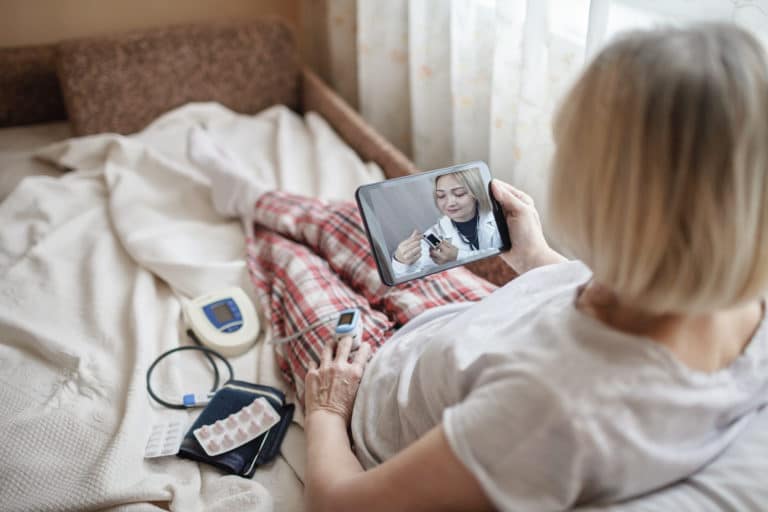BAPCO’s annual conference brings public safety technology users, experts, and emergency services stakeholders from across Europe all together under one roof, so Visionable were excited to attend the event again in March this year.
The conference provided a platform for thought-provoking talks and discussions on a range of pertinent themes, including lessons learned from the pandemic, managing the new world of work, and how we must bridge the public services’ digital skills gap by attracting and retaining talent.
Clear opportunities and challenges emerged as priorities for emergency services in 2022. Here, we have rounded up our top three takeaways from the two-day event.
1) Across all emergency services, mental health and staff burnout remains a prevailing challenge
Despite raised awareness and national initiatives, there are still far too many emergency service workers suffering with mental illness. An increasing number of individuals are struggling daily, leaving their jobs, or taking their own lives because of mental illness.
Raising awareness of the size and urgency of the problem, as well as reducing the stigma around mental health, are challenges leaders are prioritising in the pandemic’s aftermath.
Mike Isherwood, Founder and CEO of Softable, discussed the extra steps emergency services must take to reduce staff burnout and tackle the mental health crisis, including:
- Reducing occupational health response times for mental health conditions
- Recognising the connection between physical and mental health
- Leveraging technology to reduce pressure on staff
- Increasing the availability of treatments and appointments available via video link
So, technology plays a promising role in mitigating the crisis, but it clearly needs to be expanded and deployed on a wider scale. For example, although the use of telehealth rocketed for patients in the pandemic, there is also a real need for it within the emergency services mental health landscape.
2) The COVID-19 pandemic accelerated technological advances across all sectors, and leaders are keen to keep the momentum going
Throughout the pandemic, tech companies collaborated and worked with emergency services to offer support, resulting in the successful deployment and rapid scaling of technological solutions at an unprecedented rate.
Lucy Baker, Healthcare Innovation Director at Enterprise BT, identified the following concepts as key enablers of this success: co-creation, customer outcome driven, partner ecosystem, rapid prototyping and trialing.
With these concepts as the building blocks, companies were able to support emergency services with digital solutions that facilitated:
-
Communication
The pandemic prevented in-person hospital visits; a requirement that posed a significant threat to the mental wellbeing of patients. Fortunately, technology offered a solution and enabled families to communicate with loved ones and their clinical team, which in turn also meant that critical care staff were still able to deliver compassionate care.
-
Remote diagnostics
Remote triages facilitated advanced care in the community and enabled patients to be treated in the best environment for them whilst simultaneously relieving pressure on hospitals.
-
Sharing diagnostic data in real-time
By connecting the patient and their data to the right clinicians, technology acted to improve care outcomes and support workforce efficiency.
3) Effective communication is the cornerstone of a coordinated emergency service response, and new technology is providing innovative solutions to this ongoing challenge
Responding to any major incident, whether it be a fire, terror attack or natural disaster, requires a coordinated response across all emergency service departments. Ensuring responders have immediate access to critical data in live situations on the frontline is crucial. Management of such an event therefore relies on collaborative effort and effective communication across a complex network of people and organisations across the public and private sectors.
For communication to be effective across the different emergency services, it must be characterised as:
- Safe, secure and private
- A reliable method used consistently by all agencies
- Supported by ubiquitous, super-fast connectivity
Effective communication enables organisations to mobilise their workforces safely and quickly, ensuring all involved are both aligned and informed.
In case you missed it….
Visionable presented at BAPCO 2022, discussing the use of technology to support front-line experts and enhance pre-hospital care anywhere. Our Business Solutions Director, David East, discussed how we worked with emergency services to co-create our cloud-based Connected Emergency Services solution that enables:
- Quicker onsite patient diagnosis
- Rapid, efficient and informed clinical decision making
- Comprehensive data, diagnostics and feeds to provide a 360 view of a patient’s condition through their journey
- A reduction in the number of unnecessary conveyances to A&E
- Faster hospital handover
- Increased workforce efficiency

Visionable’s unique and patented collaboration technology connects front-line experts and emergency vehicles to remote specialists who can share vital patient information, medical device data and live video feeds.
Discover more about our Connected Emergency Services solution.
Or, to watch all presentations in full, you can register for free for on-demand access to the full two-day event.












